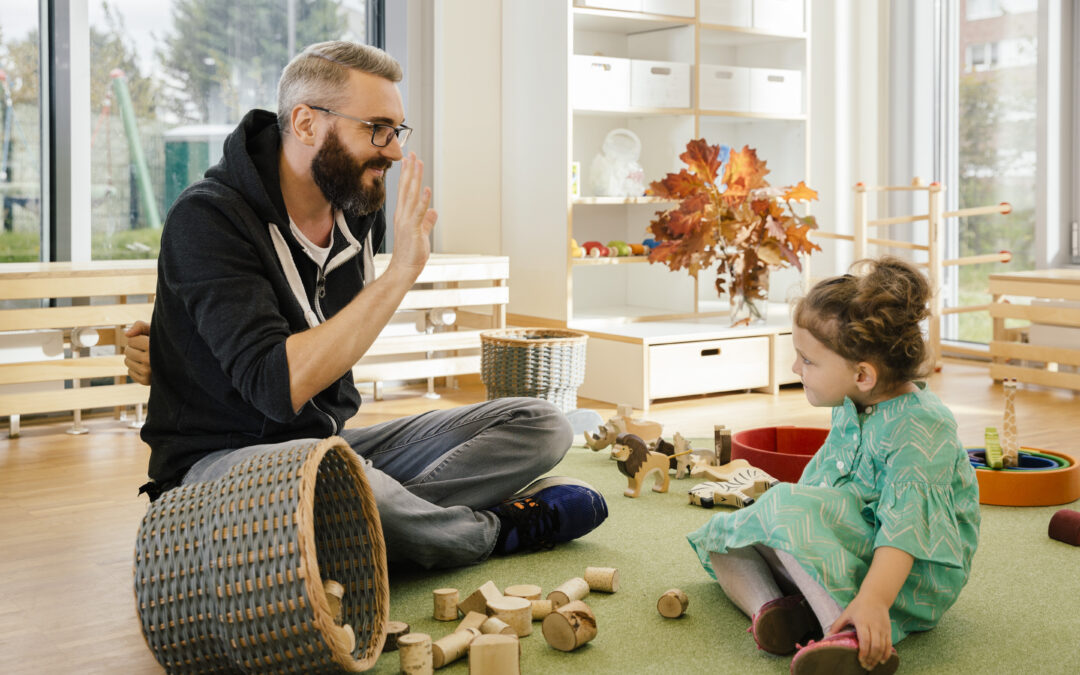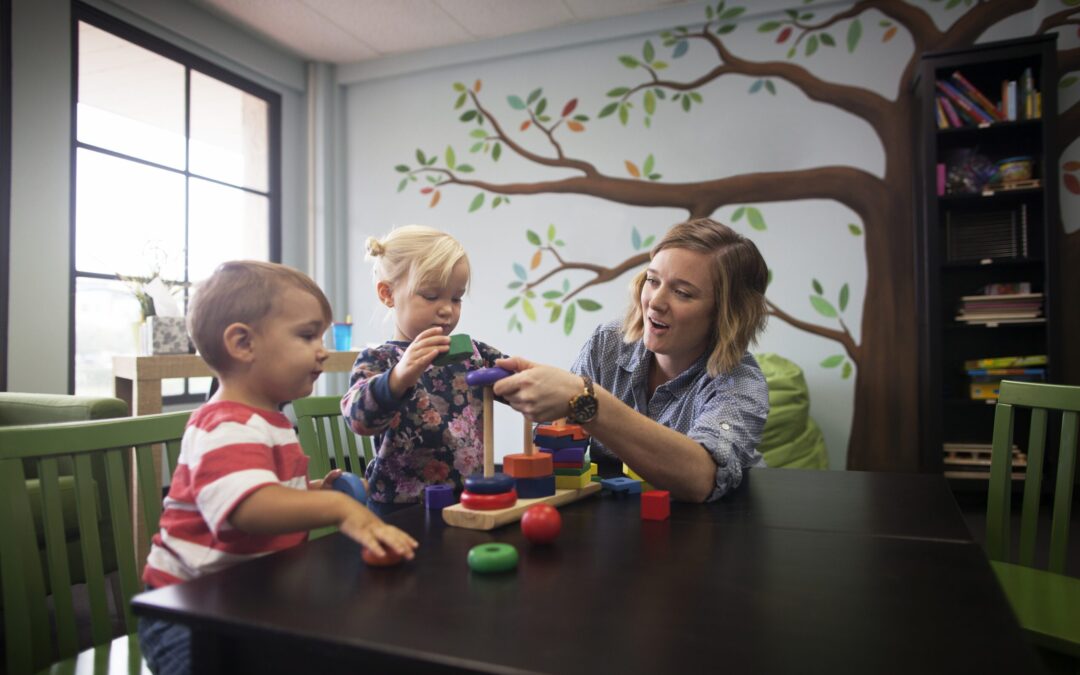Understanding ABA Therapy
Applied Behavior Analysis (ABA) therapy is a specialized therapy designed to help individuals, particularly children with autism spectrum disorders, to improve specific behaviors, skills, and overall personal development. The therapy utilizes principles of learning and behavior to bring about meaningful changes and enhance quality of life. By understanding the nuances of behaviors and the context in which they occur, therapists can design personalized interventions that cater to the unique needs of each individual.
ABA therapy emphasizes not just the learning of new skills but also focuses on decrease of maladaptive behaviors that can hinder growth. This structured approach suits various settings, including home, school, and community, making it adaptable to the individual’s daily life. Ultimately, the goal of ABA therapy is to empower individuals with the skills they need to navigate their environments successfully and independently.
Benefits of Engaging with ABA Therapy
Engaging in ABA therapy offers numerous benefits, as it not only targets behavior change but also focuses on increasing functional skills necessary for everyday life. This holistic approach fosters essential life skills, aiding individuals to communicate more effectively, develop social interactions, and enhance self-care routines. Through consistent reinforcement and personalized goal setting, individuals are more likely to experience significant progress and lasting improvement.
Moreover, the engaging nature of ABA therapy encourages active participation, making learning enjoyable for both children and their families. Activities often include games, role-playing, and real-life scenarios that mirror daily challenges. This interactive framework helps in diminishing frustration and promotes a positive atmosphere conducive for learning, leading to more effective outcomes.
Incorporating Family Involvement in ABA Therapy
Family involvement plays a crucial role in the success of ABA therapy. By actively participating in the therapy process, family members can reinforce learning and promote consistent application of skills in various contexts. This collaboration not only strengthens the family unit but also helps in generalizing learned behaviors across settings, thereby increasing their effectiveness.
Additionally, when families are involved, they gain valuable insights into their child's needs and progress. This knowledge empowers parents and caregivers to implement strategies and practices at home that further support the developmental goals established in therapy. A supportive family environment is integral in fostering resilience and motivation, making significant contributions to the therapeutic journey.
Understanding ABA Therapy
Applied Behavior Analysis (ABA) therapy is a specialized therapy designed to help individuals, particularly children with autism spectrum disorders, to improve specific behaviors, skills, and overall personal development. The therapy utilizes principles of learning and behavior to bring about meaningful changes and enhance quality of life. By understanding the nuances of behaviors and the context in which they occur, therapists can design personalized interventions that cater to the unique needs of each individual.
ABA therapy emphasizes not just the learning of new skills but also focuses on decrease of maladaptive behaviors that can hinder growth. This structured approach suits various settings, including home, school, and community, making it adaptable to the individual’s daily life. Ultimately, the goal of ABA therapy is to empower individuals with the skills they need to navigate their environments successfully and independently.
Benefits of Engaging with ABA Therapy
Engaging in ABA therapy offers numerous benefits, as it not only targets behavior change but also focuses on increasing functional skills necessary for everyday life. This holistic approach fosters essential life skills, aiding individuals to communicate more effectively, develop social interactions, and enhance self-care routines. Through consistent reinforcement and personalized goal setting, individuals are more likely to experience significant progress and lasting improvement.
Moreover, the engaging nature of ABA therapy encourages active participation, making learning enjoyable for both children and their families. Activities often include games, role-playing, and real-life scenarios that mirror daily challenges. This interactive framework helps in diminishing frustration and promotes a positive atmosphere conducive for learning, leading to more effective outcomes.
Incorporating Family Involvement in ABA Therapy
Family involvement plays a crucial role in the success of ABA therapy. By actively participating in the therapy process, family members can reinforce learning and promote consistent application of skills in various contexts. This collaboration not only strengthens the family unit but also helps in generalizing learned behaviors across settings, thereby increasing their effectiveness.
Additionally, when families are involved, they gain valuable insights into their child's needs and progress. This knowledge empowers parents and caregivers to implement strategies and practices at home that further support the developmental goals established in therapy. A supportive family environment is integral in fostering resilience and motivation, making significant contributions to the therapeutic journey.










